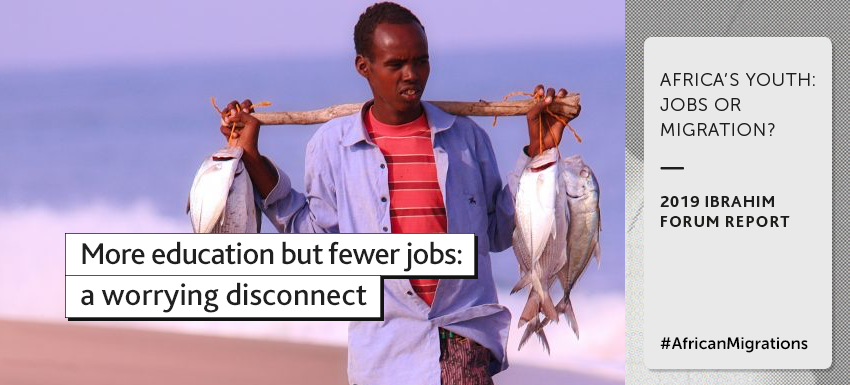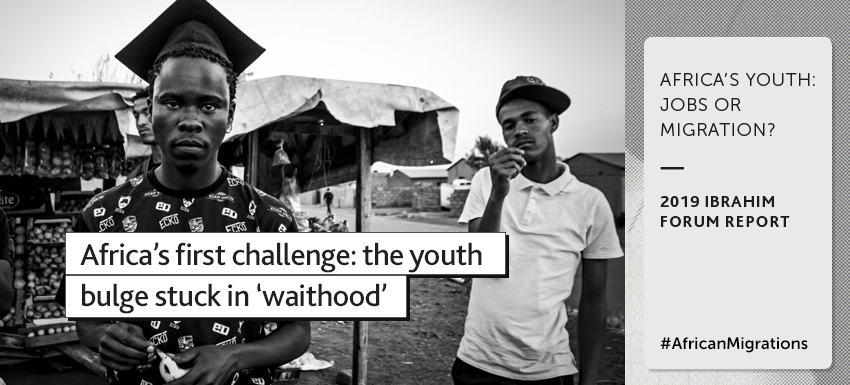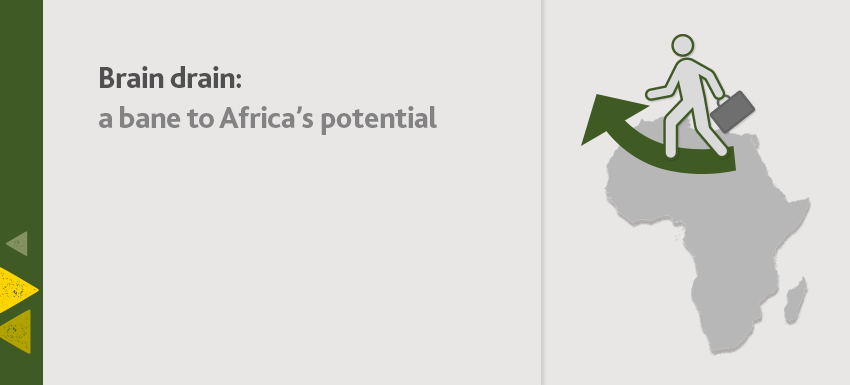Debates about African migrations must reflect the key focus on mobility. Not only have Africa’s migration policies always been oriented towards advancing mobility within the continent, but one of the priorities for Agenda 2063 is the facilitation of free movement of people.
Geographical mobility is part of human history, with migration contributing to the shape and wealth of many nations. Throughout the past 200,000 years, humans have migrated seeking natural resources, better social, cultural and economic conditions, or escaping wars, persecution or ethnic tensions. History proves that people will continue to migrate at whatever cost.
Any effort to prevent this natural tendency will only foster more illegal and dangerous parallel routes: in 2016, migrant smugglers' income was estimated as up to $7 billion; equivalent to the EU humanitarian aid in the same year.
Status of mobility within Africa
There is still a lot to be done to facilitate mobility within the continent. The recently adopted African Continental Free Trade Agreement (AfCFTA) is a key step forward. Only 11 African countries currently request no visa or just visa on arrival for all African citizens. The most accessible and welcoming Regional Economic Communities (RECs) are the Economic Community of West African States (ECOWAS) and the East African Community (EAC).
According to the 2016 Africa Regional Integration Index (ARII), ECOWAS is the best performer in the Free Movement of People dimension. Due to the implementation of the Free Movement of Persons Protocol, all ECOWAS citizens can travel to other member states without any visa restrictions. The second best performing REC is EAC, where nationals from 80% of member states do not need a visa. Meanwhile, in the Common Market for Eastern and Southern Africa (COMESA), the lowest scoring regional bloc, 44% of citizens need to apply for a visa before travelling and 30% can obtain one on arrival.

A challenge posed by insufficient intra-continental infrastructure
With around 204 km per 1,000 km², of which only 1/4 is paved, Africa’s road network lags far behind the world average (944 km per 1,000 km², more than 1/2 of which is paved). In 2018, only five African countries (Ethiopia, Kenya, Morocco, Nigeria and South Africa) had direct flights connecting to 20 or more other African countries.

An opportunity for enhancing educational and professional skills
Educational and professional mobility are also fundamental aspects in the efforts to strengthen mobility in Africa. As highlighted in the 2019 Ibrahim Forum Report, only 22% of African students leaving to study abroad choose an African destination. China has become the second most popular destination for African students, after France. African post-secondary institutions amount to one in about 471,000 people, compared to one in 154,000 in the EU.

Limited or weak frameworks for recognition and compatibility of skills, educational and experience qualifications across national borders remain a key issue for the continent. For many businesses in Africa, it is often easier to employ a skilled non-African expatriate than a skilled African expatriate.
Better management, and even strengthening mobility, both at geographical, educational and professional levels is a key priority for the future of the continent. It also contributes to changing the current approach to migrations, adopting practical solutions that are closer to the reality of Africa as well as to the heritage and policy choices of the continent itself.







